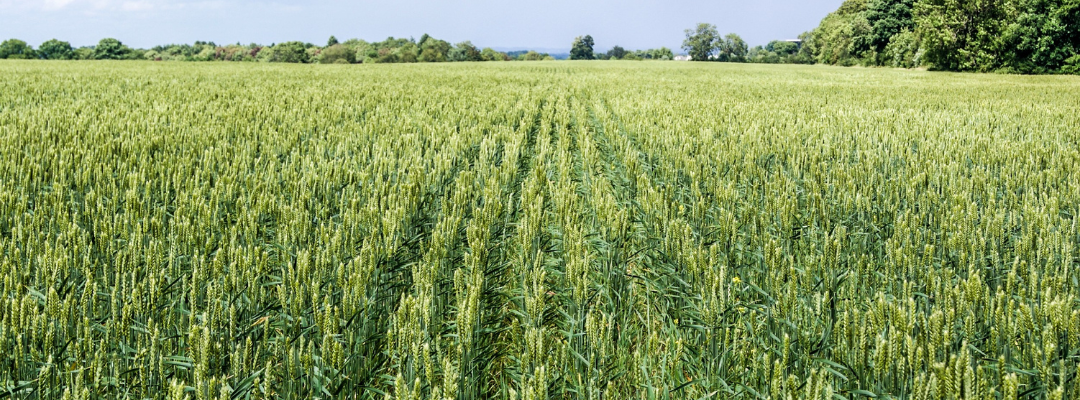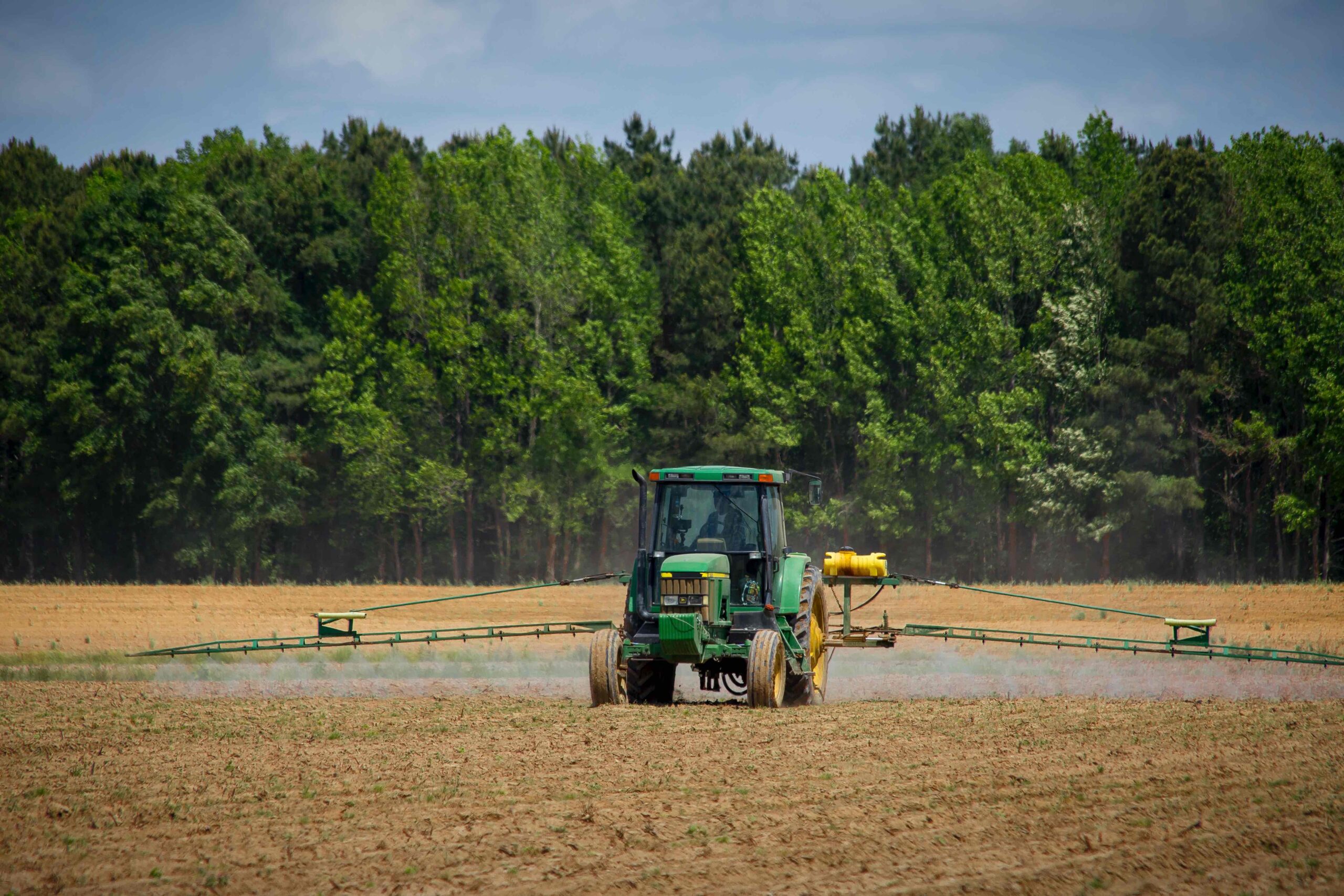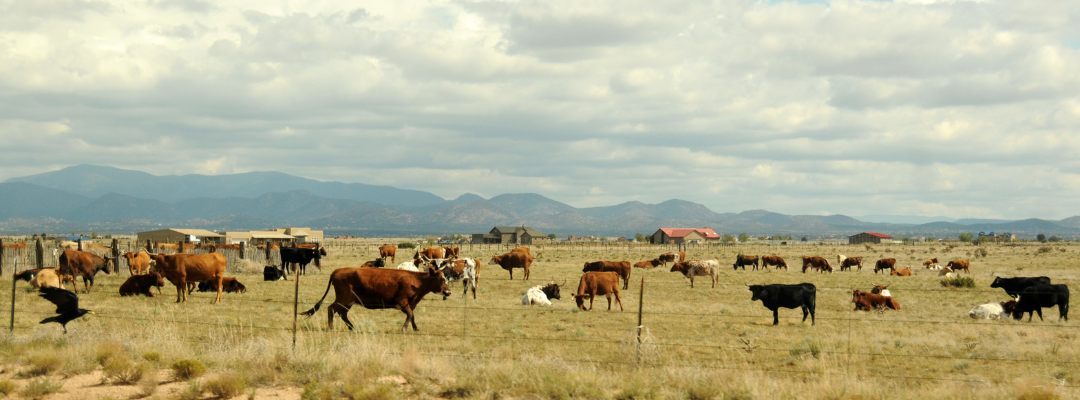In August 2023, the USDA National Agricultural Statistics Service published their annual report of state-level land values for farm real estate, which includes both cropland and pasture values. The results of the report indicate a strong market in the Southeast, with Georgia leading the region at a 9.8% increase in 2023 farmland values over 2022. The overall increase for the United States was 7.4%, and Kansas led the nation with a 16.3% increase in farm real estate values from 2022.
Over the last three years, farmland values have increased by record amounts, according to the USDA-NASS survey data. At the same time, the financial position of many farmers has been affected by higher input costs and increasing interest rates. Why don’t we see a one-for-one decrease in land values when interest rates increase and farm profitability moderates? Well, the most straightforward answer is that farmers are a mixed group, and their individual financial positions aren’t necessarily the same as their neighbor’s. This makes it hard to predict the movement of the land markets during times of transition.
When I read about the farmland market in articles from across the country, I am always struck by the variety of factors at play. First, crop yields are going to drive willingness to bid. Several years of good yields and prices will motivate both farmers and non-farm investors to participate in the land market. But there are always other factors including proximity to urban development or water availability/rights. It is important to remember that farmers are the majority owners of farmland, and their motivations to buy and sell land are big drivers in the market. This means when that rare piece of good farmland near your operation comes up for sale, you will likely be in the market regardless of where interest rates are today. You may also be looking to expand your operation and bring on another generation. When that is the case, buying land becomes a priority for your farm business, and your willingness to bid in a strong market is going to be robust. Each of these factors will contribute to support for the local land market that may keep these recent increases in interest rates and moderation of farm incomes from having a big impact on land values in your area.

Taylor, Mykel R. “2023 Land Values and Buyer Motivations.” Southern Ag Today 3(37.3). September 13, 2023. Permalink







